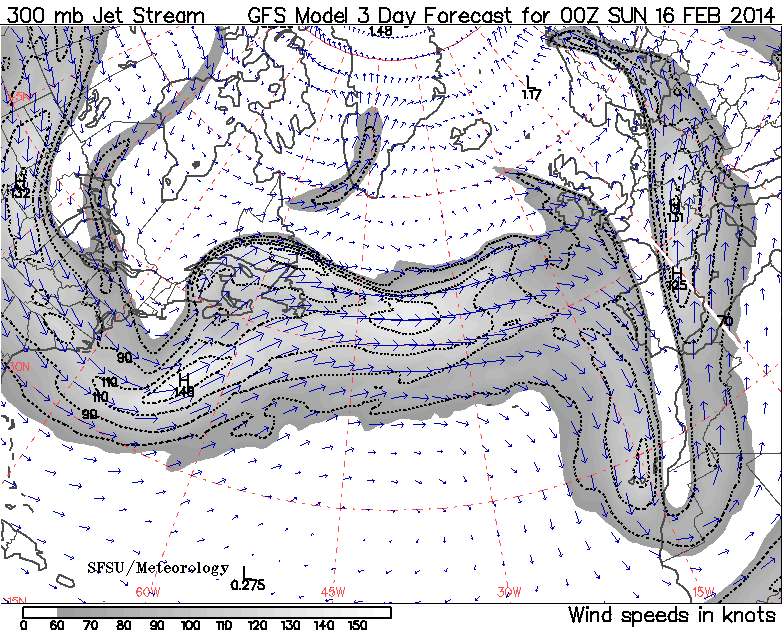I attended a parent informational meeting about
Common Core implementation in our school district. I saw the district superintendent from
In defense of Home Ec. The scene was too, too funny and brought to mind
Tom Wolfe's classic piece, Mau-Mauing the Flak Catchers. If you are not familiar with that piece, I recommend
reading it here.
Imagine a room with a very tall white male boss sitting silently while putting three women (flak-catchers) up at the front of the room to deliver bad news to a room full of hostile suburban moms. All three women hold EdDs and went by Dr So-and-So; two of them are women of color.
I sat in the back, as did many of the other moms I know to be skeptical about the latest educational reforms that would solve world hunger, bring about world peace and an expanding economy for all.
He wants to implement an integrated curriculum? Let's talk again about how
Home Ec can be part of the educational renaissance.
It may not surprise readers that I recycle ingredients in my kitchen as well as in my sewing room. While we don't eat much meat, I save the bones in a freezer bag. When we receive a CSA box, I wash and trim the produce as I put it away in the refrigerator. The scraps go into another freezer bag. When they are full, I throw them in a stock pot along with garlic, a quartered onion, some aromatic vegetables (carrots, celery, parsley family), herbs and half a lemon.
The acidity from the lemon juice helps dissolve the calcium in the bones, making a calcium-fortified broth. It also helps bring out the nutrients in the bone marrow. (I am a lapsed Buddhist; I feel strongly that, as long as you are going to eat dead animals, you should use as much of them as possible.)
Your grandmother didn't need to be taught this. Recall how many
chicken soup recipes include lemons.
When I make stock, I use the pasta insert in my 8 quart stock pot. When everything has cooked down, I just lift up the solids in the pasta insert to drain and throw them into the compost bin. Then I strain the liquid concentrated stock. Yum.
A friend brought back a gift of
Herbes de Provence after bike touring in Provence, which I used often in lieu of a "bouquet garni". Rather than buy more when that supply ran out, I snipped rosemary, thyme, garlic chives, and bay and lemon leaves from my backyard. I call that "Herbes de Redondo Beach" or "Herbes de Felony Flats" depending on the mood.
I don't have a recent picture of stock-making. But I snapped a picture when making
chicken-cilantro soup recently. Notice I browned the quarter chicken, skin-side down, before adding the onions. After the onions browned, I added water and the other ingredients.
When I worked in a chemistry lab, we read the experiments and planned our laboratory time so we can multi-task, yet focus on one thing at a time while other things were on a burner, cooling, or drying in an oven or on the roto-vap. I do the same thing in the kitchen.
I gathered extra ingredients from the garden and washed then at the same time to make salad dressing while the soup simmered.
As Mark Bittman explained in
this video, you can make myriad salad dressings with the formula: a fat, an acid, and flavoring. I use olive oil and juice from a Meyer lemon from our back yard.
The dressing after blending.
Notice the yogurt maker behind the blender? I heated the milk in the microwave before starting the soup. After I got the soup going, the milk had been held at a warm temperature long enough for the remaining steps. If you don't let the milk rest at a high--but below boiling--temperature for a sufficient amount of time, your yogurt won't set. That's a lesson in polymer chemistry.
My sister knitted the fair-isle hat for Iris before realizing that Kauni is too scratchy for Iris to willingly wear. Fortunately, the hat fits my
EasiYo yogurt maker.
Making yogurt is a good biology project to learn about microbes in different environments. The air is damp by the beach and contains a little bit of mold. Yogurt can pick up microbes from the air. If I keep using the old batch for a starter. they develop a yeasty bread smell. Not unpleasant, but not yogurt-y.
I need to use 1/4 to 1/3 of a packet of
yogurt mix to add fresh L.bulgaricus, S.thermophilus, Bifidobacteria, and L.acidophilus to compete against the local micro-fauna. The yogurt mix also contains milk powder from free-range cows in New Zealand, adding omega-3 fatty acids to our diet. By using both milk and milk powder, I add calcium and protein, too.
A morning in the kitchen can provide lessons in project management, geography, ecology, chemistry and biology. A science experiment you can eat!




















